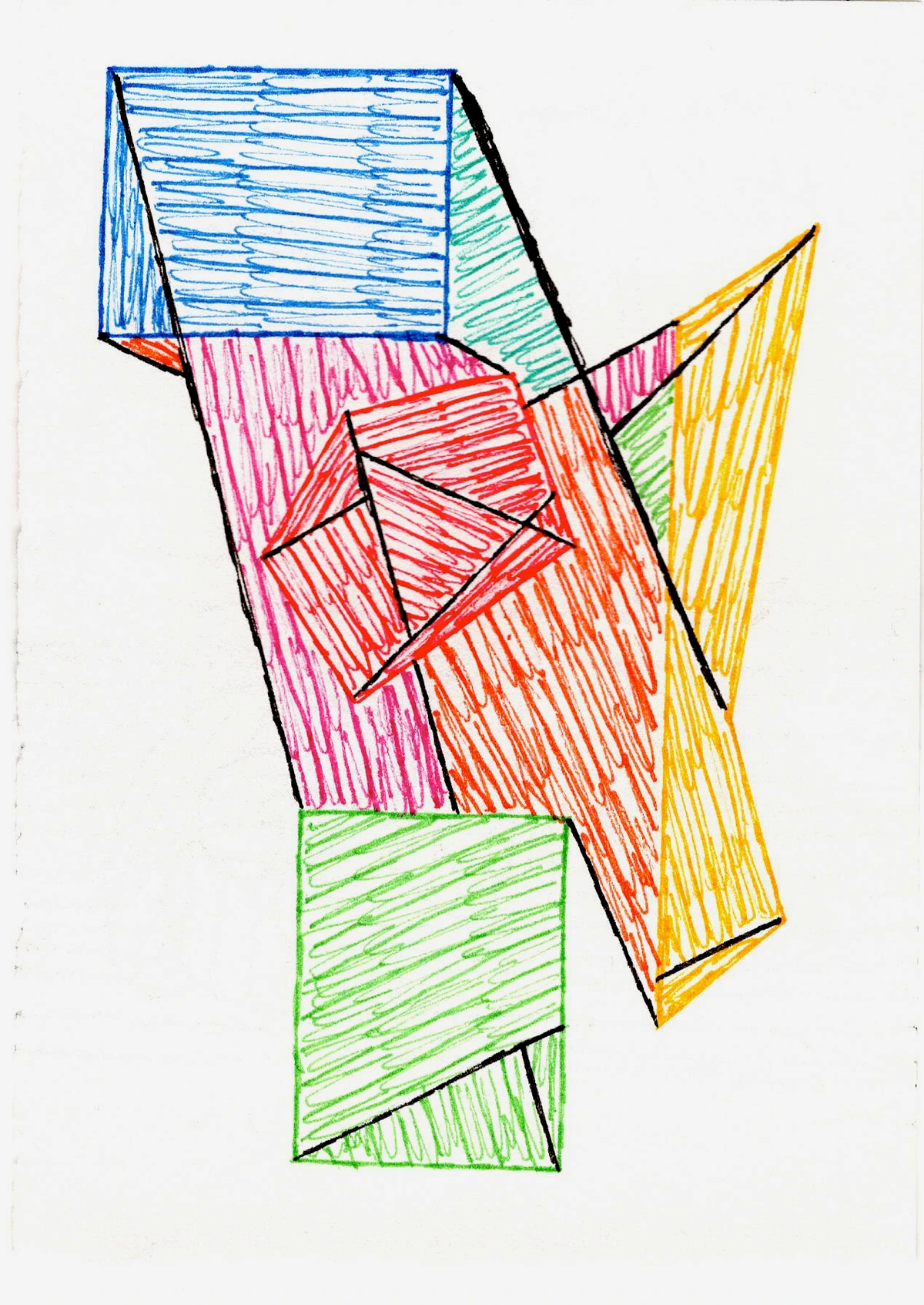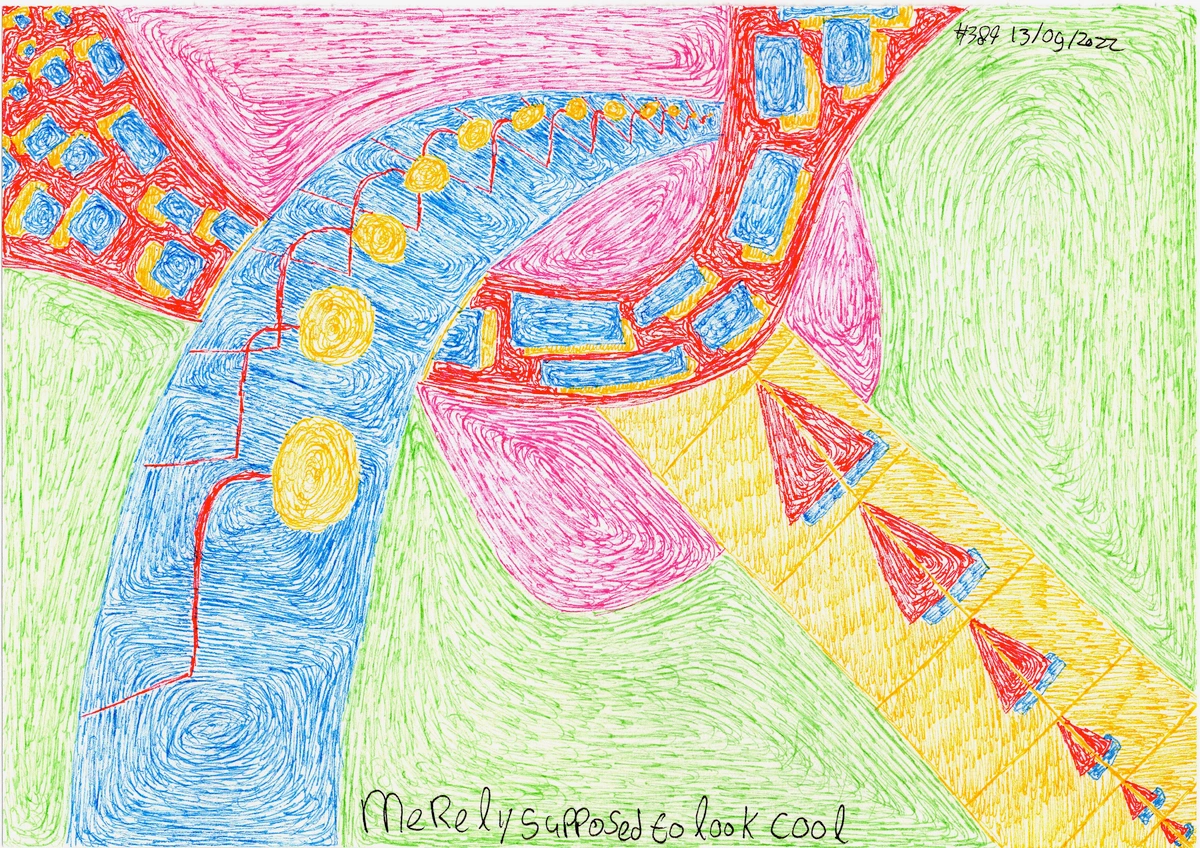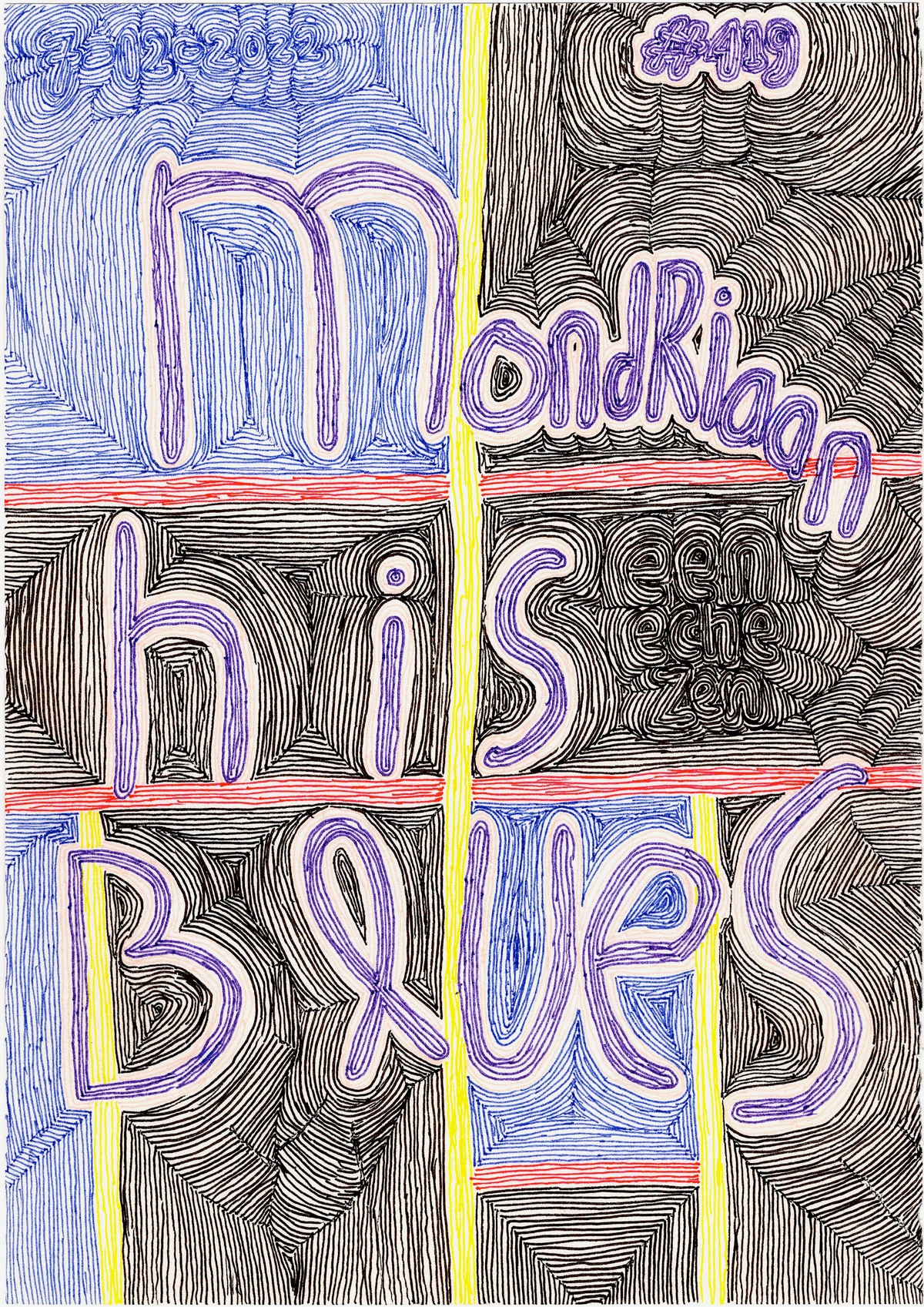
Dia Beacon First-Timer's Guide: Grand Minimalism & My Art Journey
Planning your Dia Beacon visit? This personal guide covers transport, tickets, essential minimalist art, and how this unique space profoundly impacts perception & art creation.
A First-Timer's Guide to Dia Beacon: My Journey into Grand Minimalism & Beyond
There are some places, you know, that just defy expectation. And if you're planning your first trip to Dia Beacon, you're in for one of those experiences. I’d heard the whispers – 'it’s huge,' 'it’s weird,' 'it’s… minimal' – and I went in with a mix of curiosity and, honestly, a touch of skepticism. What I found was an experience that reset my internal art appreciation clock, in the best possible way. It's not just a museum; it's a pilgrimage for the soul that craves space, light, and art that makes you think. It’s a place that teaches you the profound quietude of vast scale and deliberate design.
Dia Beacon: The Anti-Museum (in a Good Way)
Before my first visit, I had this mental image of another grand, imposing institution, perhaps like the Metropolitan Museum of Art (which I adore, don't get me wrong, it’s a whole different beast). But Dia Beacon? It's something else entirely. Housed in a former Nabisco box printing factory on the banks of the Hudson River, it feels less like a traditional gallery and more like a vast, carefully curated industrial cathedral. This isn't a museum where you rush from room to room, frantically checking off masterpieces. Quite the opposite. Here, the art, the space, and the light all conspire to demand your full, unhurried attention. It’s a place for slow looking, for letting the immense scale of the works and the building wash over you.
The building's industrial past, with its saw-tooth skylights and enormous windows, is not just a backdrop; it’s an integral part of the art, allowing natural light to sculpt and redefine the pieces throughout the day. This isn't minimalism in the stark, 'less is just less' sense, but a grand, deliberate reduction to essential forms. It’s an approach where the art, the space, and your own perception merge, creating a dialogue that's both profound and incredibly personal. The Dia Art Foundation, which established Dia Beacon, has always championed artists who work with this kind of monumental, site-specific installation, believing that art should be experienced slowly and deeply, often outside traditional white-cube galleries. It's a philosophy that really resonates with me, as an artist trying to create art that encourages slow looking.
And if you, like me, find yourself drawn to the power of simplicity, to the art of creating profound impact through thoughtful reduction rather than ostentation, then you'll likely find Dia Beacon not just interesting, but truly inspiring. It’s a constant exploration, much like the journey you can read about on my artist journey page, where I strive to create art that encourages slow looking, much like these works do.
Getting There: The Scenic Route (or the Practical One)
Okay, before we get lost in the art itself, let's talk logistics. Getting to Dia Beacon is part of the experience, especially if you're coming from New York City. I've learned that sometimes the journey itself is a kind of art, a decompression chamber, whether it's the specific light in a museum like the one in ’s-Hertogenbosch or the sweeping views of the Hudson on your way to Beacon.
Option | Pros | Cons |
|---|---|---|
| Train | Scenic Hudson Line from Grand Central, relaxing, 10-15 min walk from station (or shuttle). Perfect decompression. | Timetable dependent, can get crowded on weekends. |
| Car | Freedom of own schedule, ample parking. | Driving might detract from the meditative prelude of the train, still lots of walking inside. Missing the scenic river journey. |
Tickets & Planning Your Visit: Don't Wing It
Look, I'm usually a 'fly by the seat of my pants' kind of person, but Dia Beacon isn't the place for spontaneity when it comes to tickets. Believe me, I once tried to 'wing it' on a sunny Saturday, and let's just say I spent more time planning my next attempt than actually looking at art that day.
- Book Ahead: Seriously, do it. Especially if you're planning a weekend visit. Tickets are timed, and they do sell out. Their website is straightforward, so no excuses!
- When to Go: If you can swing it, a weekday visit is glorious. Fewer crowds mean more space to breathe (and believe me, you'll want that space for reflection). Early mornings are also magical, as the natural light is just starting to do its thing, sculpting the works anew. Also, think about visiting in the autumn when the leaves are changing – the scenic train ride becomes even more spectacular.
- How Long to Stay: My first time, I budgeted two hours. I was laughably wrong. Give yourself at least three to four hours, minimum. And honestly, if you're truly immersing yourself, a whole afternoon isn't out of the question. It's vast, and the art demands time. Wear comfortable shoes – you'll be covering a lot of ground.
Navigating the Space: A Dialogue with Giants
Stepping into Dia Beacon, especially that monumental main hall, is like entering another dimension. But it’s not just the sheer scale that sets the tone; it's the light. The natural light pouring in from the saw-tooth skylights and enormous windows is a crucial element, constantly shifting and redefining the artworks. Throughout the day, different angles and intensities of light play across the surfaces, highlighting textures, deepening shadows, and transforming your perception of form and volume. This dynamic interplay means that the same artwork can feel entirely different depending on when you encounter it. This is where pieces by giants like Richard Serra, Donald Judd, Sol LeWitt, and Agnes Martin truly come alive, demanding a slower, more deliberate form of engagement.
Experience the Monumental:
- Richard Serra's colossal Cor-Ten steel 'Torqued Ellipses' or 'Passage' aren't just sculptures; they're architectural experiences you walk through, around, and into, making you acutely aware of your own body in space. The massive, weathered steel complements the industrial grandeur of the factory building, almost as if the art grew organically from the space itself. I remember feeling almost swallowed by the sheer mass, yet simultaneously liberated by the unexpected curves. It’s the kind of art that makes you profoundly aware of your own physical presence – a truly visceral encounter with form and space.

- Donald Judd's meticulously arranged stacks of industrial materials and his precisely crafted 'specific objects' play with perception and repetition. The stark, geometric precision of his work finds a perfect counterpoint in the vast, rectilinear factory halls, allowing the subtle differences in material, light, and shadow to become magnified. His work, often using plywood or metal boxes, demands that you observe the subtle shifts in light, shadow, and texture, turning observation into a quiet, almost meditative act. It's about seeing how subtle differences in form and material create profound visual effects, revealing the poetry in industrial exactitude.

- Sol LeWitt's vast wall drawings, often executed by teams following his precise instructions, challenge notions of authorship and permanence. The sheer scale and geometric precision are mesmerizing, inviting you to trace the lines and patterns with your eyes, losing yourself in their structured complexity. These monumental drawings transform entire walls into canvases, their ephemeral nature (they can be repainted) perfectly suiting a space dedicated to conceptual art, where the idea is paramount, not the permanent object. They're a testament to conceptual art, a dance between order and infinity.

- Agnes Martin's delicate grid paintings, with their subtle variations in line and tone, offer a profound sense of calm. Placed within the vast, echoing spaces, her intimate works demand close inspection, drawing you in from the monumental to the meticulously quiet. I could spend ages with them, finding a quietude that felt like a visual whisper in the grand industrial expanse. If you're as fascinated by her approach to abstraction as I am, you might enjoy diving deeper into her world and the broader subject of minimalism itself, or even the detailed guide to Agnes Martin's work. Her work is a meditation on the infinite in the seemingly simple.

This isn't about deciphering a hidden narrative; it's about engaging with the raw elements of art—space, light, form, and material—and letting them provoke a deeper awareness of your own perception. It's the kind of thinking that transcends words, residing in the pure experience. You're not just looking at art; you're part of its environment, in a silent dialogue with giants.
Beyond the Walls: More to Explore
Once you’ve had your fill of the indoor revelations, step outside. The grounds themselves are lovely, offering views of the Hudson River and some outdoor sculptures. It’s a nice place to sit, reflect, and let everything sink in.
- The Bookstore: Don't skip it. Seriously. It's wonderfully curated with books on minimalism, conceptual art, and art theory. You might even find works by Donald Judd on specific objects, essays on Agnes Martin's quiet radicalism, or comprehensive guides to post-war American art. I always find something intriguing there, even if I end up just flipping through pages for inspiration for my next series or for pieces that might eventually find a home on my art for sale page.
- Food & Drink: There's a cafe on-site that offers light fare. But if you’re looking for more substantial options, the charming town of Beacon itself is just a short walk or drive away. I’ve found some true gems there, from farm-to-table eateries like 'The Roundhouse' offering delicious local fare – I still dream about their perfectly crisp, locally sourced trout – to quirky independent bookstores and antique shops perfect for a post-art wander. Make a day of it!
A Personal Takeaway: The Quiet Power of Less
My first visit to Dia Beacon was, for lack of a better word, profound. It wasn't loud or flashy; it was subtly insistent, pushing me to slow down and truly see. In a world constantly screaming for our attention, Dia offers a quiet, expansive counterpoint. It taught me something about the power of simplicity, of how grand statements can be made with minimal fuss, a lesson I often try to weave into my own work, especially in pieces that explore the dialogue between color and negative space, much like the subtle interactions of light and shadow at Dia. It's a reminder that art isn't always about what's obvious; sometimes, it's about what you feel in the spaces between the things, the unspoken dialogue between the object and the observer. So, if you're even a little curious, pack your comfortable shoes, book those tickets, and prepare for an experience that quietly, profoundly, changes how you see art, and perhaps even the world around you, long after you've left the banks of the Hudson. And when you do go, I'd love to hear what resonated most with you – share your own Dia Beacon stories in the comments below!
Frequently Asked Questions (FAQ)
How long does it take to see Dia Beacon?
I'd recommend allowing at least 3-4 hours for a comprehensive visit. The scale of the artworks and the space encourages slow contemplation.
What should I wear besides comfortable shoes?
I'd recommend dressing in layers, as the large industrial building can have varying temperatures depending on the season and whether you're near a window. Also, consider a light jacket even on warm days.
Can you take photos at Dia Beacon?
Generally, yes, non-flash photography for personal use is permitted. However, always check their current policy on their website or upon arrival, as guidelines can change.
Is Dia Beacon wheelchair accessible?
Yes, Dia Beacon is largely accessible. The main building and grounds are designed to accommodate wheelchairs. Check their website for specific details on accessibility features.
Are there lockers for personal belongings?
Yes, Dia Beacon typically offers complimentary lockers to store bags and coats, allowing you to explore the museum hands-free. Check at the entrance for availability.
Are there guided tours available?
Dia Beacon periodically offers public tours or talks. Check their official website for schedules and availability, as these can vary.
What's the best way to get from NYC to Dia Beacon?
The Metro-North Hudson Line train from Grand Central Terminal is widely considered the best and most scenic option. From Beacon station, it's a short walk or shuttle ride to the museum.
What's the best time of year to visit Dia Beacon?
While Dia Beacon is wonderful year-round, many visitors find the fall months (September-November) particularly appealing due to the stunning autumn foliage along the Hudson River during the train ride. Weekdays, especially early mornings, are generally less crowded regardless of the season, offering a more serene viewing experience.




